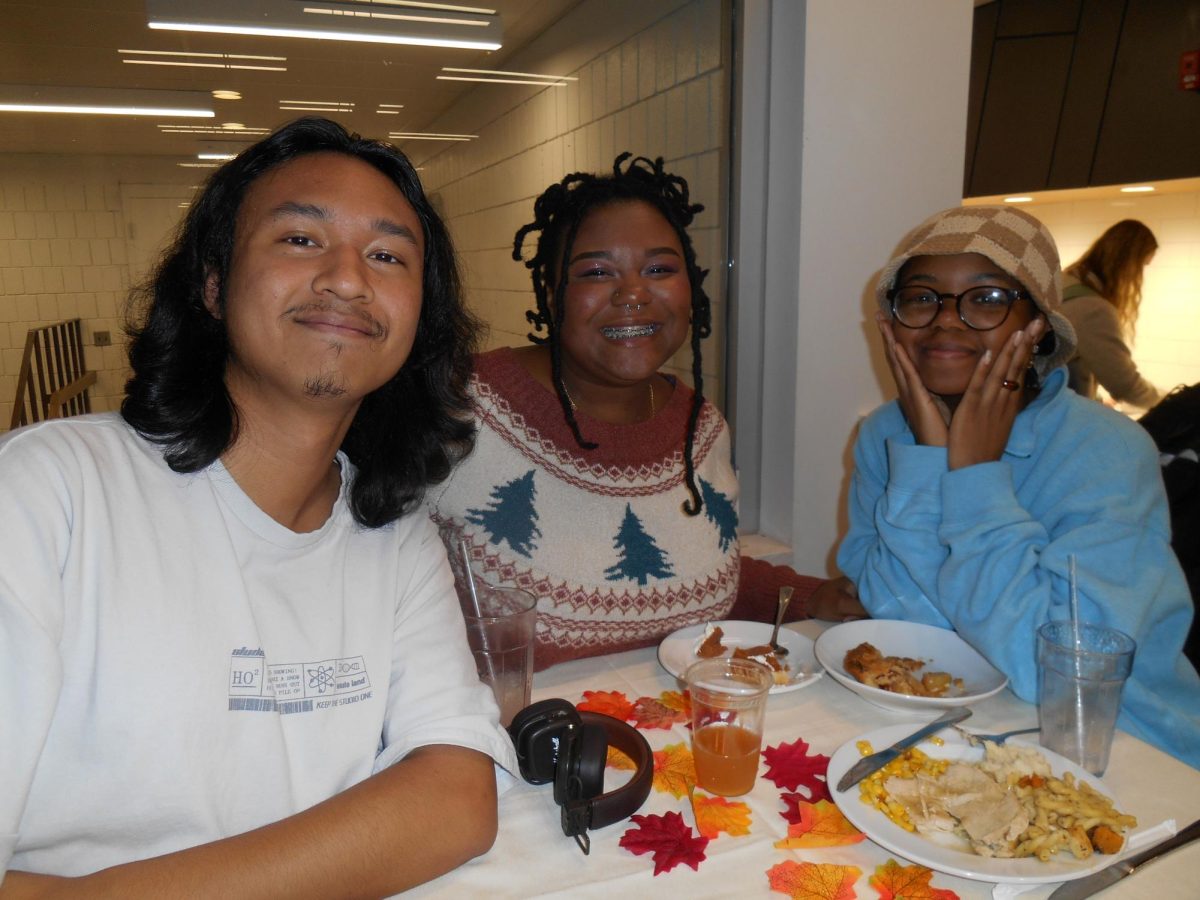2000 Election
This election year, former President Donald Trump won the presidency after a close race with Vice President Kamala Harris. Although this was a tight contest, it pales in comparison to the nail-biting 2000 election, where only 537 votes in Florida decided the presidential outcome.
The race in 2000 was between Republican nominee George W. Bush and former Vice President Al Gore. As the votes were counted on election night, all eyes turned to Florida, where the state’s winner would become the next president. Many Florida counties used “butterfly ballots,” a paper-based punch card voting system. Often, the machine would fail, leaving what is known as a “hanging chad,” with poll workers left to determine the voter’s intent.
After the initial vote count, Bush’s lead was so narrow that Florida law required a mandatory recount. Gore also ordered manual recounts in four counties, though only one completed its counting by the time the U.S. Supreme Court intervened. With a 5-4 vote, the Court ordered a halt to the recount, citing the use of different standards for counting votes, especially hanging chads. This decision ultimately led to Bush winning Florida and the presidency by 537 votes.
In a time of such uncertainty, it is important to revisit an election that highlighted the resilience of the United States’ democratic system. If you didn’t register to vote in time for this election, it’s never too early to register for next year. Visit vote.org for more information.
Black Friday
As Thanksgiving approaches, so does the infamous American shopping frenzy of Black Friday. At its peak, the holiday was associated with long lines outside stores, shoppers camping overnight and waves of customers rushing in the early hours to score the best deals.
Today, the term “Black Friday” is often linked to the idea of companies’ profits increasing, or being “in the black”. This expression is derived from the color of ink accountants use on financial statements, with black ink indicating profits and red ink indicating expenses, however, this isn’t the term’s origin. The earliest use of “Black Friday” dates back to 1869, following the collapse of the U.S. gold market. Nearly a century later, police in Philadelphia and Pittsburgh began using the term in the 1950s to describe the chaotic payday before Christmas, citing traffic accidents, crowd crushes, shoplifting and violence tied to the large number of shoppers.
Retailers initially disliked the term because of its negative connotations, and in Philadelphia, they tried rebranding it as “Big Friday,” but that didn’t catch on. By the 1970s, however, clever marketing campaigns successfully reshaped the term to reflect retailers’ profits “moving into the black.”
In the past decade, Black Friday has evolved from a one-day shopping spree to a month-long online event. Gone are the days of waking up early to rush to big-box stores for deep discounts. Today, the shopping experience includes “buy now, pay later” options, the decline of malls nationwide and live-streamed shopping—all trends accelerated by the COVID-19 lockdown.
Thanksgiving
As the days get shorter and the nights get colder, we begin to approach Thanksgiving, a secular holiday celebrated primarily in the United States, consisting of large, homemade feasts gathered with family and friends on the fourth Thursday in November. During this time of gratitude and thankfulness, it is important to remind ourselves of the history of Thanksgiving.
The myth of Thanksgiving has been perpetuated since the 19th century, detailing that in 1621, friendly Native Americans welcomed the English settlers in modern-day Massachusetts, taught the Pilgrims their way of life, gave them a feast, then left. Not only does this myth suggest that Native Americans surrendered to colonialism without bloodshed, but it also erases the complete history of Native Americans before the English settlers arrived. In reality, the feast known as the first Thanksgiving was a brief moment of peace between the Wampanoag tribe and the Pilgrims. British settlers had already introduced numerous diseases to Native Americans, causing The Great Dying, which some estimate had killed over 80 million people. As more English settlers arrived, they were focused on colonization, unconcerned with alliances, and rampant racist beliefs validated the genocide that English colonists would commence.
Pittsburgh’s first Thanksgiving occurred 137 years later during the French and Indian War. Fort Duquesne, occupied by the French, sat at an advantageous location where the three rivers meet at the point. As British forces arrived, the French burned the fort and fled. General John Forbes, who commanded the Forbes Expedition, took control of the fort and declared November 26th, 1758 a day of public Thanksgiving. At this time, many people may be having complex emotions about Thanksgiving for various reasons and this is an opportunity to be grateful while honoring the true history of Thanksgiving.



